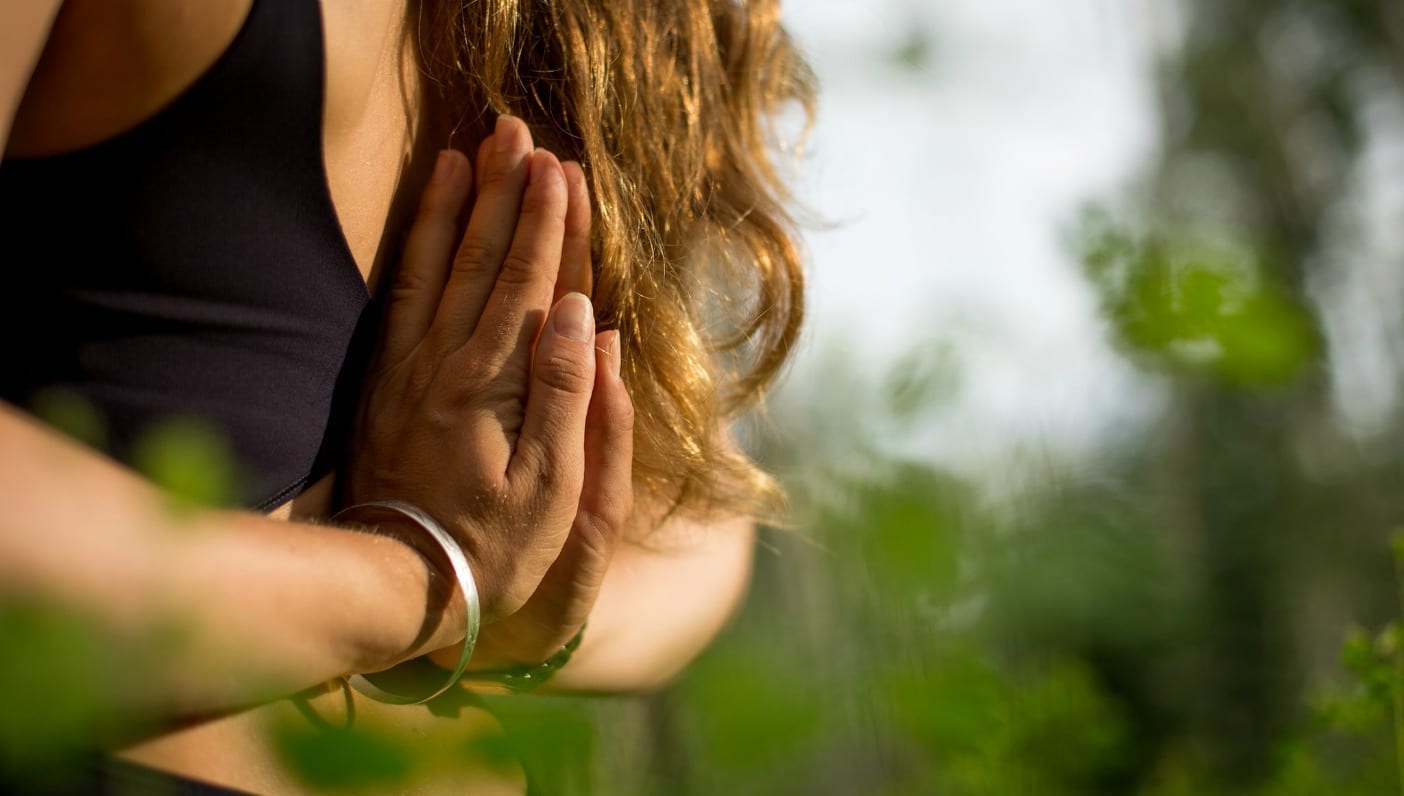
In ancient India, it is said that the great yogis would only teach asana, pranayama, and the steps to meditation if students had sufficiently mastered the first two limbs of the eight-limbed path of yoga—the Yamas and Niyamas.
The 10 guidelines or observances, the Yamas and Niyamas, are often overlooked in our rush to get on the mat, get moving, and get noticeable results. In our world of instant gratification it can seem more desirable to learn and achieve crane pose than to practice sincerity in every moment. Our egos may tell us that a headstand will be more fulfilling than only taking what we need from the Earth’s resources. It can seem far easier to meditate for 20 minutes a day than to practice kindness in every moment.
While the Yamas and Niyamas invite us to remember that yoga is a way of life—not just 90 minutes three times a week—they are also integral to our sadhana. They are the foundation of an open heart and a peaceful spirit upon which we can build, and without them, the rest of the eight limbs become empty technique. How can we focus the mind, when it is full of cravings and aversions? How can we hold a posture if we do not have self-discipline? How can we enjoy the fruits of savasana if we are unprepared to surrender?
The Yamas, which translated from Sanskrit mean „restraints“ are those renunciations that are to be embraced. They are:
Aparigraha: Non-possessiveness
By observing the Yamas we can create space in our lives and remove the blocks that keep our hearts from reaching out. They ask to us to be our best person and thereby allow us to take a deeper breath knowing we are acting in line with our true nature. It is the freedom that graces us with the Yamas which allows us to go deeper into the second stage of our eight-limbed path—the Niyamas. They are:
These five Niyamas are practices to be nurtured and cultivated. They will stay with us during our lives taking us ever deeper into the subtle realms of our being, moving us closer to the stillness inside. Who we are beyond the body in asana, and beyond the mind in meditation is where the Niyamas gently lead us. Without them, samadhi would be an impossible dream.
„Paradoxically, the Yamas and Niyamas would not be possible to uphold if our true essence were not love, if love were not our aim and our home.“
In Meditations on the Mat, Rolf Gates and Katrina Kenison describe beautifully the journey to oneness created by the observances: “The Yamas and Niyamas would not be needed if we—the entire human race—did not already have the propensity to violate them. Paradoxically, the Yamas and Niyamas would not be possible to uphold if our true essence were not love, if love were not our aim and our home. To practice them we must find the maturity to tolerate the duality of our nature, while allowing the possibility of victory over our darkness. Love is not a thought, it is an action. And each loving action that we take infuses us with more energy for loving action in the future.” Each time we actually practice—not just think about—the Yamas and Niyamas, this is what we’re doing: Putting love into action.
—
 Helen Avery is a journalist, writer, yoga teacher, and full-time dog walker of Millie.
Helen Avery is a journalist, writer, yoga teacher, and full-time dog walker of Millie.